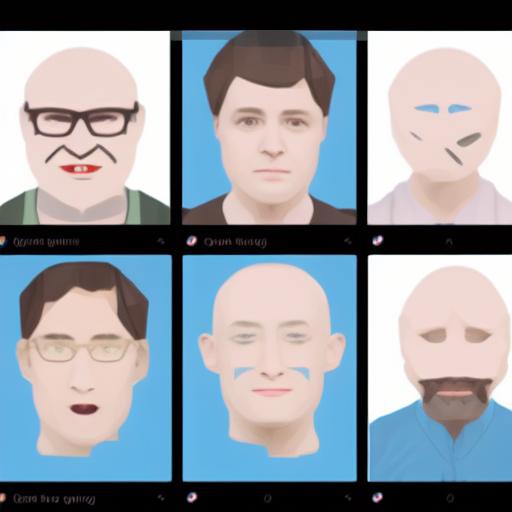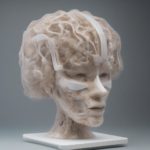The Struggle of Image-Generating AI in Text Accuracy
In recent years, image-generating AI has made significant strides, captivating audiences with its ability to craft visually stunning and imaginative creations from textual prompts. However, one area where these AI systems often falter is in the accurate generation of text within the images they produce. This can lead to amusing, confusing, or even nonsensical results.
The inability of image-generating AI to correctly produce text can be attributed to several factors. One key challenge lies in the inherent difficulty of interpreting and understanding the nuances of human language. Even for humans, deciphering handwritten or stylized text can be a challenging task, and AI systems are still far from achieving human-level proficiency in this regard.
Another contributing factor is the limited training data available for AI models to learn from. While there are vast amounts of text and image data available on the internet, the specific type of data required for training AI models to accurately generate text is relatively scarce. This lack of specialized training data hinders the AI’s ability to generalize and apply its knowledge to new and varied scenarios.
The consequences of incorrect text generation by image-generating AI can range from mildly amusing to downright misleading. For instance, an AI might misspell a word on a sign in an image, leading to a humorous or confusing result. More concerningly, AI-generated images could potentially be used to spread misinformation or propaganda, as the AI might generate text that is factually inaccurate or biased.
To address these challenges, researchers and developers are exploring various approaches. One promising direction involves incorporating language models into the image-generating process. Language models, which are trained on vast amounts of text data, can provide AI systems with a better understanding of the relationships between words and their meanings, enabling them to generate more coherent and accurate text.
Another approach focuses on improving the quality and diversity of training data. By collecting and curating datasets that specifically target the generation of text in images, AI systems can be trained on more relevant and representative data, leading to improved performance.
Despite the ongoing challenges, the potential benefits of image-generating AI with accurate text generation are substantial. Such AI systems could be used to create more realistic and immersive virtual environments, generate visuals for marketing and advertising campaigns, and even assist in the development of new educational and entertainment content.
As research and development continue, image-generating AI is expected to make significant progress in overcoming the challenges associated with text generation. With improvements in language understanding, access to better training data, and the integration of advanced algorithms, AI systems will likely achieve greater accuracy and coherence in the text they produce, unlocking a wide range of exciting new applications.




